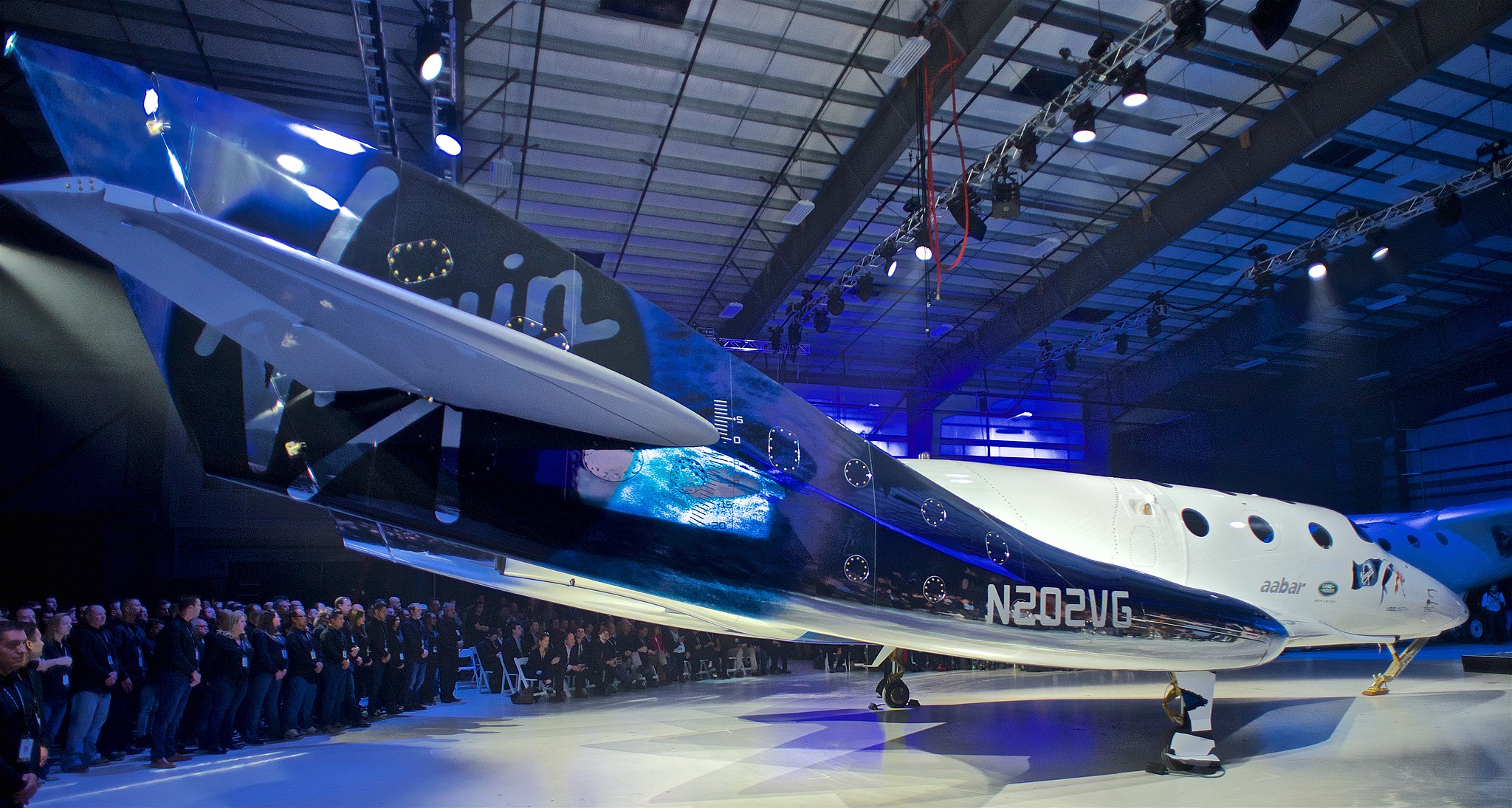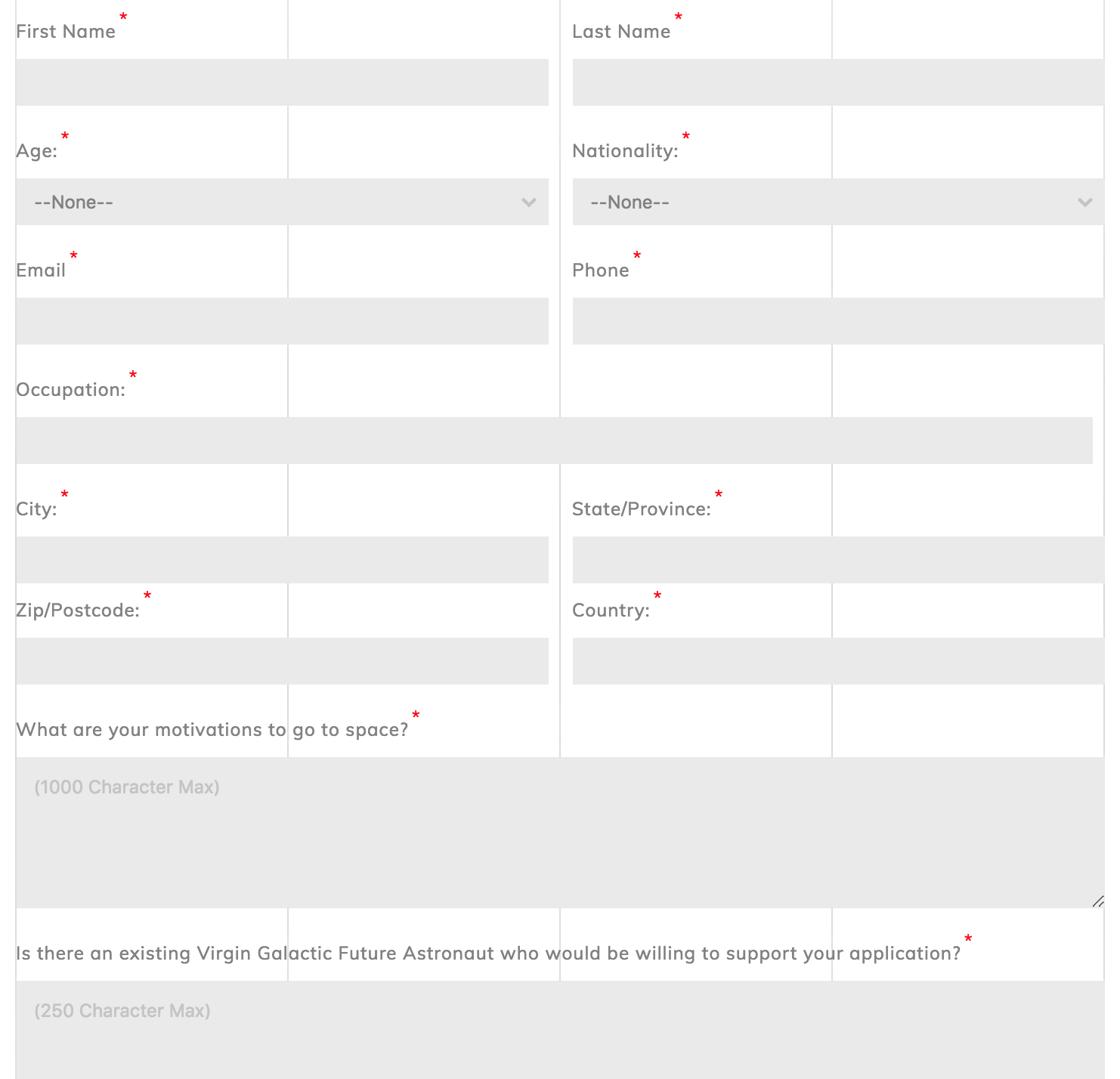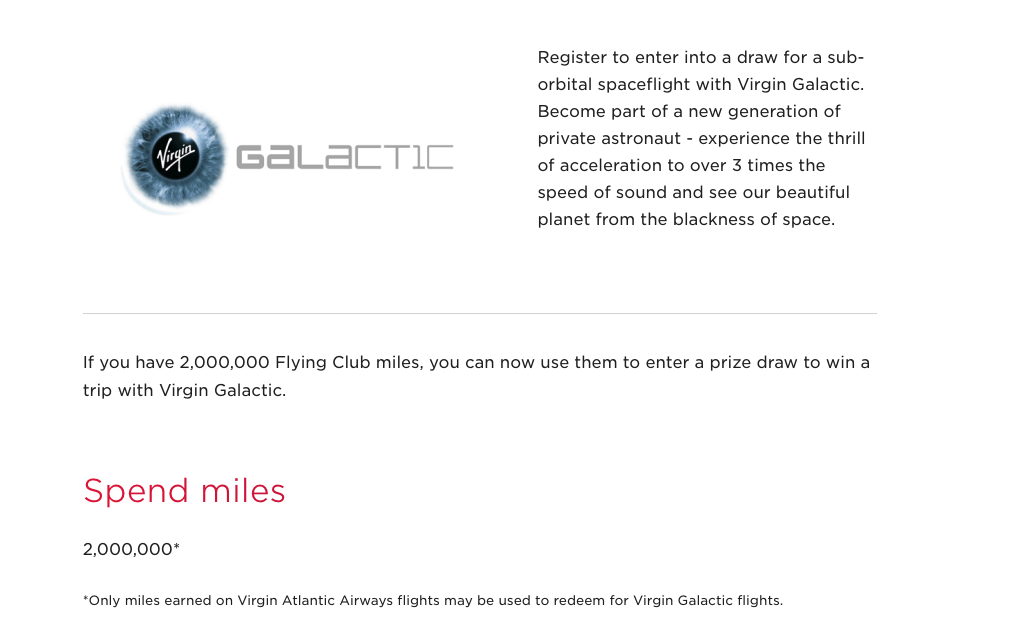The race to bring a commercial space flight to anyone with a bank account balance sufficient enough to cover the cost of a ticket is heating up. Richard Branson (Virgin Galactic), Elon Musk (SpaceX) and Jeff Bezos (Blue Origin) each founded their private space enterprises in the early 2000s with the objective of one day sending regular old earthly citizens into space. One of those companies believes it is now primed to begin commercial space flights within months.
Branson, who had initially hoped for a 2009 maiden voyage, says his own flight to space is tantalizingly close after having undergone astronaut, fitness, and centrifuge preparation training. In fact, last year a Virgin Galactic crewed vehicle reached the border between space and the atmosphere at 50 miles above earth’s surface. Branson, 68, believes he now has the “body of a thirty year old” and hopes to get “down to the body of a 20 year old” prior to his anticipated space travel later this year. With Virgin Galactic commercial space flights potentially around the corner and the rolls of astronauts set to increase from the current historical tally of about 600, the time is now to understand what it takes to travel to outer space.
Breaking It Down:
How Virgin Galactic Takes You To Space

The Virgin Galactic WhiteKnightTwo carrier made its public debut in 2009 at the EAA AirVenture convention in Oshkosh, WI. Image by Corey W. Watts | Wikimedia Commons.
Prospective space travelers train for three days in the New Mexico desert prior to departure. After a conventional runway takeoff and a climb to 50,000 feet, the SpaceShipTwo passenger spaceship disengages from the WhiteKnightTwo carrier and enters a gentle glide. With the nose pitching vertically, the rocket motor fires to accelerate the vehicle towards three-and-a-half times the speed of sound. Once in space, with a view of the curving planet below, passengers may remove their seat belts and “are free to move about the cabin” weightlessly at zero gravity.

The SpaceShipTwo is the passenger aircraft powered by a rocket motor. Image by Ron Rosano | Wikimedia Commons.
Eventually the spaceship heads back toward the earth’s atmosphere and astronauts return to their custom designed seats for re-entry. At 50,000 feet the spaceship glides back to New Mexico for a runway landing.
How To Secure Your Virgin Galactic Space Flight
The market size for a trip to space with Virgin Galactic is very much limited, given the current $250,000 price tag. Those with deep enough pockets can kick off the application process by visiting Virgin Galactic’s website and completing a “Future Astronaut Registration” form.

Future Virgin Galactic astronauts begin the application process by completing this online form.
There is, however, a sliver of hope for the rest of us without a quarter of one million dollars to splash on a space travel adventure. As I’ve previously written, Virgin Atlantic flyers who have earned at least two million Flying Club butt-in-seat miles may enter into a raffle drawing for a free trip on Virgin Galactic’s spacecraft. Winners attain a whopping 12.5¢ per mile in value.
Flying Club members can also redeem 200,000 miles, earned in any manner, for a voucher for a 10 percent discount on an orbital flight. At the current fare price, this represents the same 12.5¢ per mile redemption value (though when the ticket to space still costs $225,000, this redemption may seem a bit trivial). Over time Richard Branson hopes to bring the cost of Virgin Galactic’s commercial space flight down to around $40,000 which, while still an exorbitant amount for a fleeting experience, will open the opportunity to a bunch of wealthy folks who haven’t quite cracked the ceiling of the ultra rich elite.
When Virgin Galactic launches its first commercial flights, these awards will be available here.

Flying Club is a transfer partner of the three major transferable currencies, American Express Membership Rewards, Chase Ultimate Rewards and Citi ThankYou Rewards. American Express Membership Rewards has offered bonuses of up to 30 percent from time to time on Membership Rewards points transferred to Flying Club, and so cards with large introductory bonuses, like the Platinum Card from American Express, Chase Sapphire Preferred, Chase Sapphire Reserve and Citi ThankYou Premier cards could help provide a rocket-like boost to your spaceflight ambitions.
The Upshot
This will likely become one of the most aspirational uses of points and miles. Consider, 200,000 points is currently the going rate for a one-way flight from New York to Paris in Air France La Premiere first class. Soon, we will be able to choose between champagne for a night and an astronomical view of space.
The age of astronauts originating solely from governmental space programs such as NASA is coming to an end sooner rather than later. Virgin Galactic, in a neck and neck race with Blue Origin (SpaceX is more interested in launching high-payload rockets and sending humans to Mars), may be the first to send private citizens on a commercial space flight.
Much as with the advent of commercial aviation, as maiden commercial space voyages launch and competition heats up, space travel will (hopefully) democratize such that most of us can have the option in our lifetimes to view the world from a perspective seen to date almost exclusively through satellite imagery. With a Virgin brand at the forefront, perhaps miles will be a commonplace currency to redeem fares for space travel, far above the 35,000 feet we are accustomed to.
The responses below are not provided or commissioned by the bank advertiser. Responses have not been reviewed, approved or otherwise endorsed by the bank advertiser. It is not the bank advertiser's responsibility to ensure all posts and/or questions are answered.
1 comment
If you see in the picture of how many miles you need for a redemption, there’s an asterisk saying that the miles can only be redeemed if they are earned from Virgin Atlantic flights, so credit card points and other airline earn points don’t count. So even more exclusive and difficult to get.